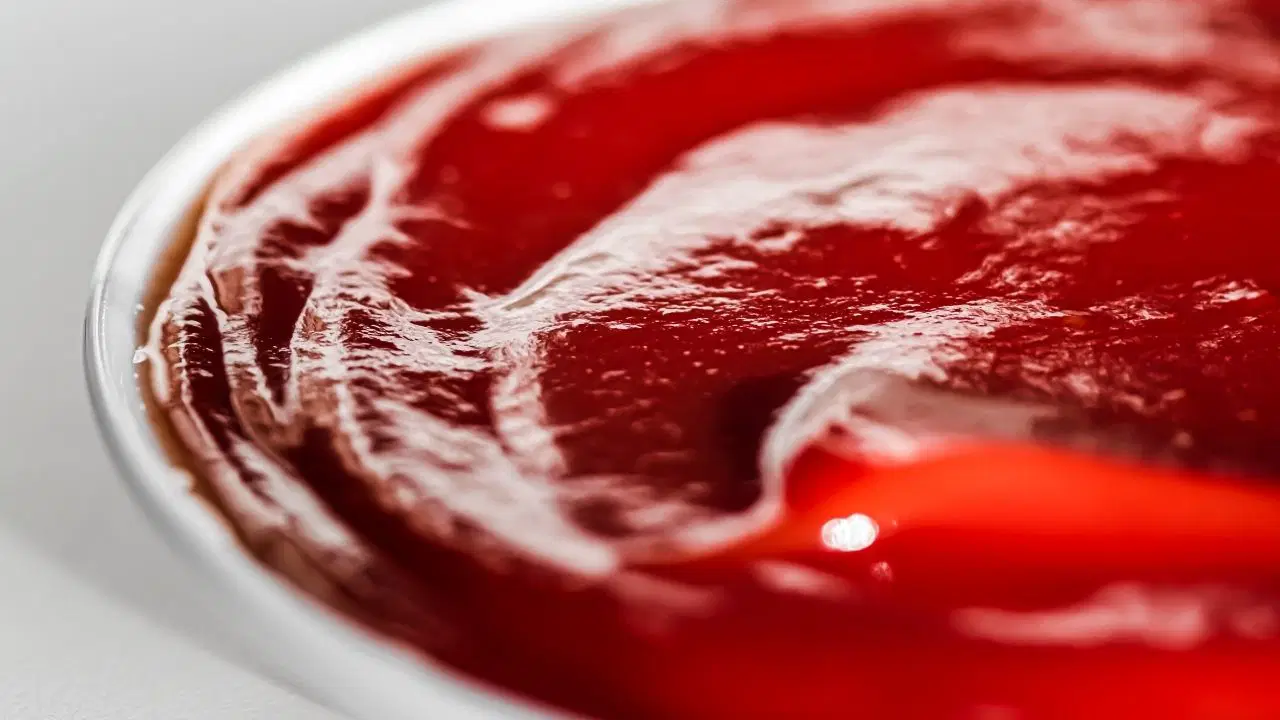The unknown history of ketchup! It was once used as a diarrhea remedy.

Ketchup is one of the world's most well-known and popular condiments. In the United States alone, the average person consumes approximately 32 kilograms of ketchup per year. Another study estimates that 97 percent of U.S. households consume ketchup.
Ketchup, an affordable product and a cornerstone of fast food culture, has a very different history than we know today.
THE FIRST KETCHUP SAUCE DID NOT HAVE TOMATOES IN ITIn China, the birthplace of ketchup, sailors were preparing a fermented fish sauce they called "ke-tchup." This date dates back to 300 BC and spread westward in the 17th century when Chinese merchants sold the sauce to European traders. The first ketchup sauce was prepared without tomatoes.
Commercial documents and recipe books of the period featured various names for the sauce, including ketchup, getchup, and kue-chiap. One of the earliest records of ketchup was found in what is now Indonesia. A recipe titled "Bencoulin's Squeezable Ketchup in a Tube" dates back to 1732, and is an English recipe.
Its arrival on European tables began in the 18th century. These sauces, prepared by combining various foods, were often supplemented with local ingredients such as mushrooms, walnuts, and elderflower, which don't appear in today's recipes, but vary depending on the region.
A 1787 English recipe included ingredients like anchovies, shallots, horseradish, nutmeg, and coconut. According to records, tomato ketchup didn't make its way into the sauce until the 18th century.

The tomato's arrival in Europe from South America is a different story. Europeans, who weren't introduced to tomatoes until the 16th century, considered the first tomatoes arriving from America to be poisonous. The fact that tomato leaves contain partially toxic compounds led to a cautious approach to the vegetable. Tomatoes were marketed using a different American marketing strategy.
Doctors also changed people's perception of tomatoes in those years.
English physician John Gerard, who stated that raw tomatoes were poisonous but edible when cooked, and other British doctors also emphasized the benefits of tomatoes. They were even prescribed as a medicine to treat certain digestive and liver ailments.
English doctors of the period who traveled to America continued to attribute entirely different meanings to the tomato. As Andrew F. Smith wrote in a 1991 article, Thomas Jefferson credited English physician John de Sequeyra with introducing the tomato to Virginia. According to Jefferson, Sequeyra claimed that "a person who eats a sufficient quantity of these apples (also called love apples) will never die."
After hearing this praise about tomatoes, doctors in different parts of the United States began using them to treat various ailments, such as indigestion and diarrhea.
Based on this information, it's no coincidence that the first ketchup recipes emerged from physicians and doctors. Meanwhile, the first tomato ketchup recipe came from American scientist and horticulturist James Mease. His 1812 ketchup recipe included finely chopped tomatoes, along with brandy, cornstarch, allspice, and salt.
One of the doctors who prescribed ketchup for diarrhea was John Cook Bennett.

In an inaugural lecture at Willoughby University in Ohio, Bennett explained that tomatoes could treat ailments such as diarrhea, gallbladder problems, and indigestion. He urged people to eat tomatoes raw, cooked, or in sauce form like ketchup.
Meanwhile, by 1865, medical myths surrounding tomatoes had given way to everyday use. In the years that followed, tomatoes, although no longer marketed or used as a medicinal remedy, were now incorporated into recipes.
By the 19th century, glass manufacturers had developed inexpensive and practical bottles. This became a new way to consume sauces on the go. This gave birth to the Heinz brand, famous for its sauces.
Heinz was founded in 1869 and initially sold radishes, pickles, and vinegar. In 1876, it added ketchup to its product line. During this period, ketchup was presented as a healthy condiment, not a medical product. Initially sold in clear glass bottles, the word "tomato" was later added to emphasize the plant-based ingredients.
In the 1900s, bottled sauces were marketed as "better" in American culture, and people began to prefer these healthier options to homemade ones. Ketchup consumption, however, took a turn for the better with the rapid growth of fast food chains in the 20th century. It began to be consumed alongside fries and hamburgers.
By the 1980s, ketchup had entered almost every home.
Cumhuriyet




